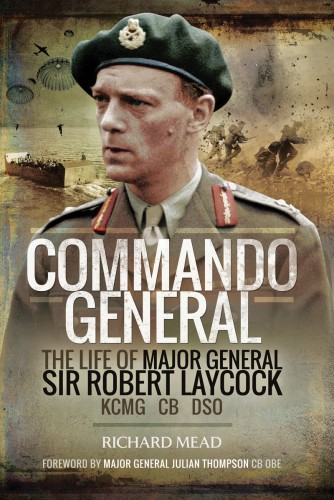

Most ebook files are in PDF format, so you can easily read them using various software such as Foxit Reader or directly on the Google Chrome browser.
Some ebook files are released by publishers in other formats such as .awz, .mobi, .epub, .fb2, etc. You may need to install specific software to read these formats on mobile/PC, such as Calibre.
Please read the tutorial at this link: https://ebookbell.com/faq
We offer FREE conversion to the popular formats you request; however, this may take some time. Therefore, right after payment, please email us, and we will try to provide the service as quickly as possible.
For some exceptional file formats or broken links (if any), please refrain from opening any disputes. Instead, email us first, and we will try to assist within a maximum of 6 hours.
EbookBell Team

4.0
86 reviewsIn early June 1940 Great Britain was on the back foot. The British Expeditionary Force had been ejected from the continent of Europe and, although the majority of its men had been rescued, all its heavy weapons and transport had been abandoned at Dunkirk. France, the country’s only ally outside the British Empire, was a broken reed and would shortly capitulate to the Germans. The prospect of invasion seemed all too likely and, unsurprisingly, the focus of the armed forces was exclusively on defence.
Winston Churchill, Prime Minister for just a month, was determined to find some way to take the battle to the enemy rather than simply wait to be attacked. The main obstacle was water. Germany was already in control of the coastline of Europe from North Cape to the Pas-de-Calais and would shortly extend its rule to the Spanish frontier. The chances of crossing the intervening seas in significant strength in the immediate future were minimal, but Churchill saw an opportunity for small-scale operations to show the enemy that he was not safe in Fortress Europe.